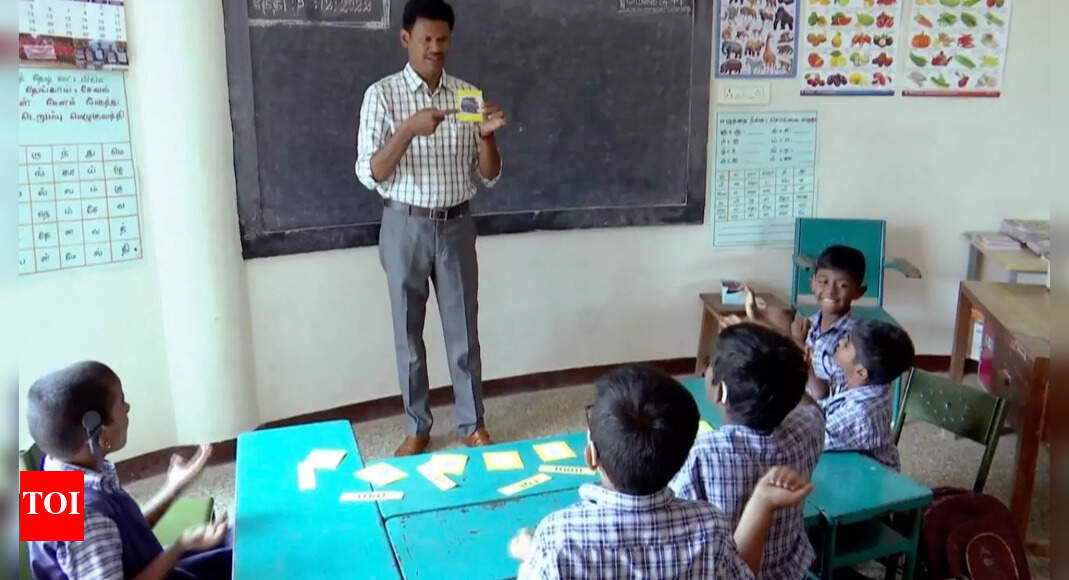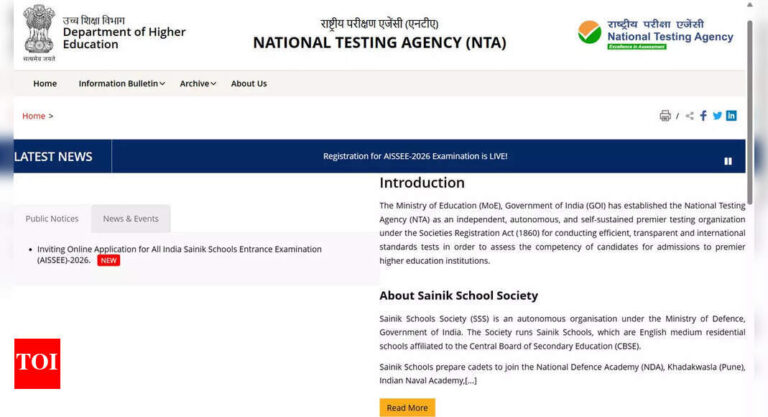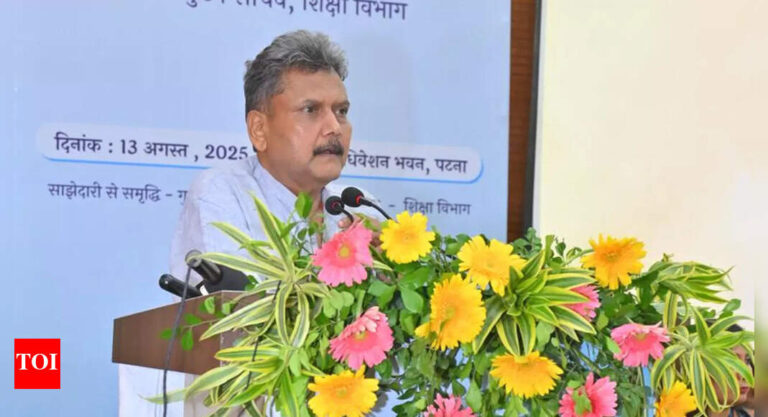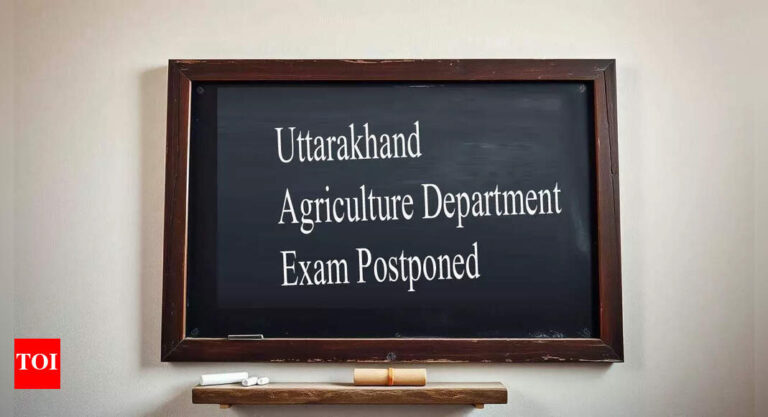
Maharashtra is set to usher in a new era of schooling: the state will no longer grant permission for all-boys or all-girls schools. The directive, issued recently by the school education department, aims to foster gender equality and mutual respect among students by promoting co-education. According to the department, such an approach cultivates an environment of equality, and mutual understanding, while also helping students develop social and communication skills vital for life beyond the classroom.The notice further stipulates that any aided or government-run boys’ and girls’ schools sharing the same premises must merge under a single registration number, effectively converting them into co-educational institutions. While officials argue that this move will prepare students for a real-world environment, educationists warn that its implementation may be uneven across regions and institutions.
Lessons from experience
For some schools, the transition is familiar. Neelam Yeole, headmistress of a former all-girls aided school near Pune, reflected on her own experience in an interaction with TNN. “When I started this school in 1992, girls would travel from 10 km away because we were the only girls’ school in the area. But by 2011, several co-ed schools had opened nearby and we hardly had any enrolments left. We eventually decided to become co-ed just to survive.”From a policy perspective, the move has practical underpinnings. Former joint director of education Bhau Gavande told TNN that it was “a practical step that could help rationalise the system.” Historical trends also offer context: Madhav Suryavanshi of the Shikshan Vikas Manch said in an interaction with TNN that single-gender schools gained prominence in the 1950s to encourage parents to educate daughters in a socially conservative environment. “Such schools remained popular until the 1980s, after which enrolments began declining,” he added.
Voices of caution
Yet, the policy is not without its critics. Attar Ainul, director of education at Anjuman Islam, which manages over 50 institutions in Mumbai, urged caution. “If we are compelled to make all institutions co-ed, many conservative parents will simply not send their girls to school,” she told TNN. “Ideally, boys and girls should learn equally under one roof, but the emphasis must remain on education, especially when dropout rates within the community are already high,” she added.
Balancing equality with cultural realities
The debate touches on a broader question: Can a uniform push for co-education adequately account for regional, cultural, and socio-economic diversity? On one hand, co-ed classrooms promise to break long-standing gender silos, preparing students for workplaces and communities that are inherently mixed. On the other, they may inadvertently exacerbate educational inequities in conservative communities, where girls’ schooling is already fragile.Ultimately, Maharashtra’s policy shift represents more than an administrative decision, it is a test of social adaptation. While co-education can promote equality in theory, its success will hinge on nuanced implementation, teacher training, and community engagement. The coming years may reveal whether classrooms under one roof can become crucibles of mutual respect, or whether cultural realities will demand a more flexible approach.








